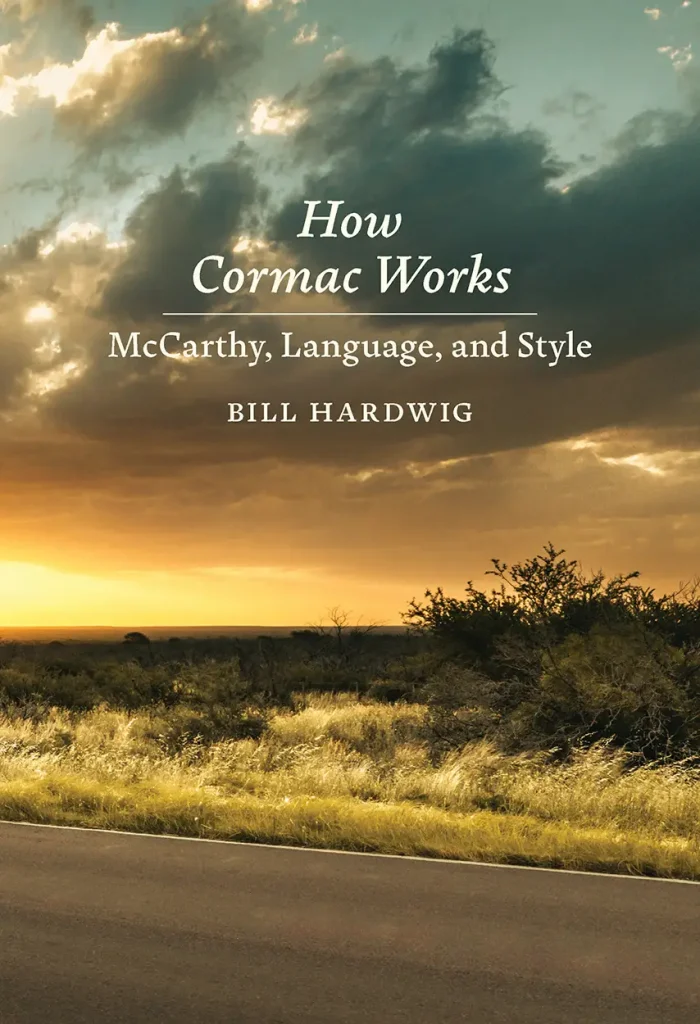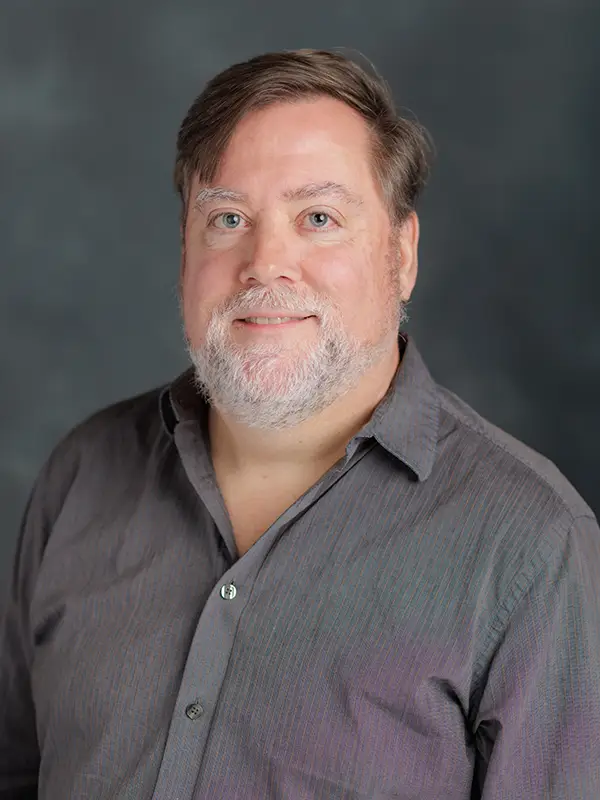Cormac McCarthy Scholar Analyzes Author’s Language

Associate Professor Bill Hardwig’s new book, How Cormac Works, explores the author’s unique literary style and experimentation with words.
Associate Professor Bill Hardwig recalls being spellbound when he first read Cormac McCarthy’s descriptions in a novel, and for nearly two decades he has been introducing students at the University of Tennessee, Knoxville, to the author’s work.
A new book by Hardwig, How Cormac Works: McCarthy, Language and Style, will help scholars and casual readers appreciate how the author varied the tone and mood in his novels with not only words but the ways he used them.
“McCarthy’s fiction generates a huge amount of interest in the reading public, as a quick glance at Reddit forums and social media and public events demonstrate,” Hardwig noted. “I hope that this book will speak to the public and remind us all why we feel so strongly about the fiction we love and the writers that we cherish.”
Unique Use of Language

After first reading All the Pretty Horses as a graduate student, Hardwig turned to McCarthy’s Knoxville and Appalachian stories, including Suttree. “I was struck by the incredibly imaginative way he painted images of the town I knew very well,” Hardwig said. “He made a familiar scene new to me and a predictable place alive with possibility.”
Since 2008 Hardwig has included McCarthy’s novel Child of God in the Appalachian Literature and Culture course he teaches. He’s also covered the work of McCarthy—who was a UT student too—in a Major Authors course and in various modern American literature classes.
Hardwig, who serves on the executive board of the Cormac McCarthy Society, appreciates the breadth of scholarly interest in McCarthy’s fiction, from the philosophical underpinnings to his literary methodologies. “Even so,” he said, “I started to notice that often we focused on ideas at the expense of McCarthy’s unique use of language to describe these ideas.”
Literary Style and Structure
A UT faculty development leave in 2023 allowed Hardwig time to focus on his book. Shortly after McCarthy’s death that year, Hardwig shared some of his insights in an article for The Conversation, comparing the author’s dense and detailed prose of Blood Meridian to the concise and restrained style in The Road.
In How Cormac Works, Hardwig explores the musicality of McCarthy’s writing, his varying of tone and mood within a book, and his unexpected choices, such as moments of linguistic tenderness amid violent or gruesome scenes.
“It is less about the what of the novels and more on the how—how McCarthy structures his fiction, and how this structure contributes to his literary style,” Hardwig said.
While Hardwig has primarily been an archival researcher in the past, for this book he analyzed sentences in McCarthy’s 15 major works and the connections among them. “It was a different kind of research for me, one that I found immensely rewarding and illuminating,” he said.
Hardwig also credits discussions of UT graduate students in a McCarthy and the Refuge of Language course with helping him to articulate the vision for the book. “The class directed me to passages in his work and ways of thinking through his investment in language,” the professor said.
In analyzing the dialects in McCarthy’s novels Hardwig also was able to use the UT Betsey B. Creekmore Special Collections Library. In addition to published works by McCarthy, the collections include his correspondence with Memphis-based writer John Fergus Ryan.
McCarthy’s final novels, The Passenger and Stella Maris, were published in 2022, but Hardwig found some of the light banter in them among letters McCarthy wrote 40 years earlier. “He had a real ear and appreciation for local voices, dialects, and tales and was committed to including them in his fiction,” Hardwig said.
Hardwig discussed his book and McCarthy’s descriptions of the Knoxville region during an event Nov. 12 at the East Tennessee History Center, in a conversation with Katie Burnett, associate director of transdisciplinary programs at UT’s Denbo Center for Humanities and the Arts. See Hardwig discuss the book online from LSU Press.
By Amy Beth Miller